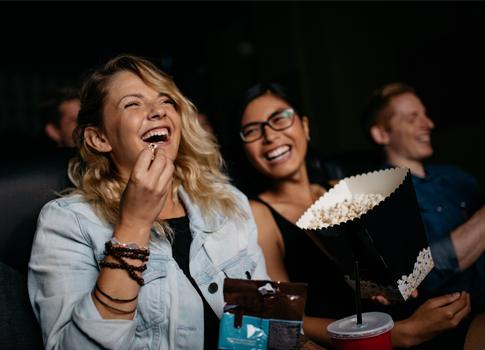Vilfredo Pareto was an early 20th century economist who identified in 1906 that approximately 80% of the land in Italy was owned by 20% of the population.
This general observation, that, for many events, roughly 80% of the effects come from 20% of the causes went on to become known as the Pareto Principle, or the 80/20 rule. This rule can apply to economics, sport, sociological issues and beyond. It can be seen in everyday situations, for example you probably wear 20% of your wardrobe 80% of the time, you probably use 20% of the apps on your phone 80% of the time and at the most you probably call or message 20% of your phone contacts 80% of the time.
Marketing’s version of the Pareto Principle is that the bottom 80% of a brand’s customers only deliver 20% of the brand’s sales. It has had a lot of influence over marketing strategies where brands try to find the balance between the need to target lucrative, loyal customers whilst also reaching new/lighter buyers. Byron Sharp in “How Brands Grow” called the 80/20 rule ‘The Heavy Buyer Fallacy’ by maintaining that you neglect a lot of consumers when focusing marketing attention on the heaviest 20% who deliver the bulk of the brand’s sales. He stresses the importance of reaching all sorts of category buyers – light as well as heavy in order for a brand to grow. Sharp accepts that the Pareto Law is evident but that it is actually more like 60/20 and the bottom 80% of customers make up nearly half of a brand’s sales. It is important for a brand to speak to loyal customers with their comms but also be broad enough to reach lighter buyers to increase profitability.
In 2018 Dunnhumby released a report that sought to challenge Sharp and emphasise the importance of the heavy buyer. There is a competitive advantage to be had from identifying and regularly communicating with a brand’s best customers. This is not to say that Sharp thinks we should ignore these customers. He reiterates that we need to be sophisticated mass marketers in order to build brands. Dunnhumby identifies that the 80/20 rule is particularly relevant for smaller brands as they are more reliant on sales from their heaviest customers. They examine the FMCG category where over a longer time-period the significance of consistently heavy buyers increases as a brand grows it’s customer base. There are many different categories within FMCG where customers are driven by necessity, emotion, personality and habit. What is important is understanding how your customers think to influence their buying behaviour and increase brand loyalty. At Total Media we’ll often apply the 4 M’s to behavioural planning: memory, moments, mood and mass. These four pillars help us understand the reason why a customer chooses a product and how we can influence them by planning sophisticated mass market campaigns.
The 80/20 rule is an empirical theory which does not offer a cut and dried way of influencing marketing strategy. There are many nuances in the proportion of heavy buyers vs sales in each category. What it does is spark debate and makes marketers think about how to address the different types of buyers in their customer base in order to increase growth.
To find out more about the 80/20 rule read:
“How Brands Grow – Part2” Byron Sharp
Dunnhumby’s study: Mass marketing or tailored to your tribe?






